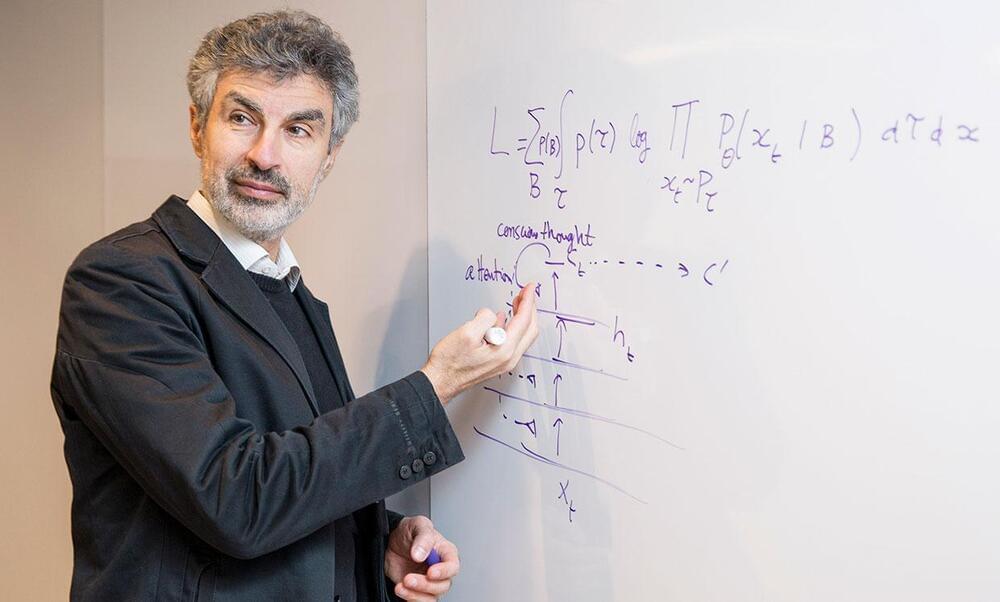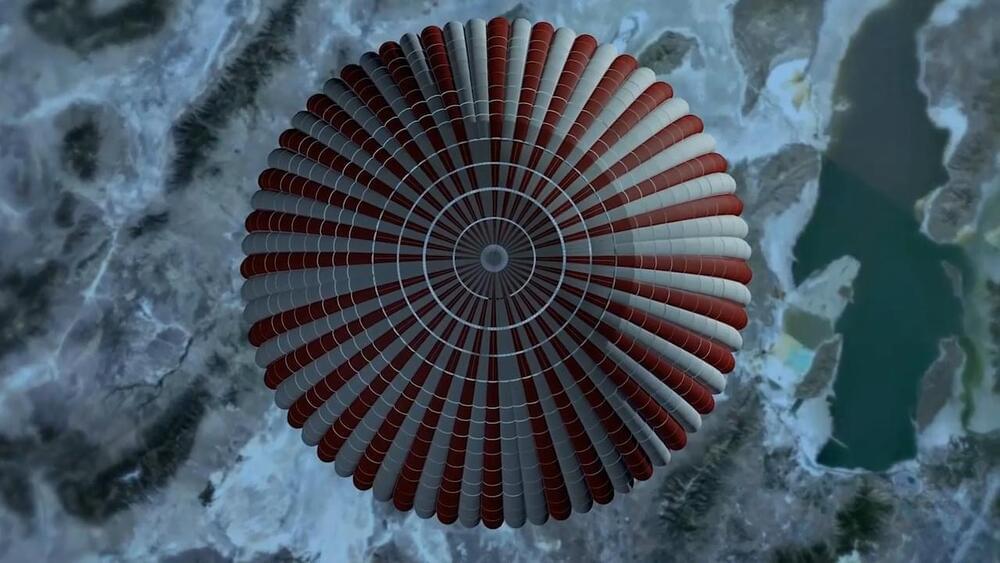Is there any strategy or alliance too complex for its ruthless intelligence? Meta AI made a groundbreaking announcement with the launch of CICERO — the first-ever AI (artificial intelligence) capable of winning at Diplomacy, a multiplayer strategy game that calls for mutual trust, compromise, and teamwork. This marks a significant milestone in AI evolution.
South Korean Go champion Lee Se-dol has retired after being beat by DeepMind’s AlphaGo software. He told Yonhap news agency his decision was influenced by the fact that artificial intelligence (AI) “cannot be defeated.”
An entity that cannot be defeated
“With the debut of AI in Go games, I’ve realized that I’m not at the top even if I become the number one through frantic efforts,” Se-dol told Yonhap. “Even if I become the number one, there is an entity that cannot be defeated.”
Some of the moons hadn’t been spotted yet because they are tiny, measuring less than 1 mile in diameter. Astronomers discovered 12 new moons orbiting Jupiter, meaning the total number of moons we know to be orbiting the gas giant now stands at 92.
Oldest dog EVER record broken
Posted in food
He has never been on a leash and eats only human food. Bobi, aged 30 years and 268 days, was crowned as the world’s oldest living dog by the Guinness World Records last week. Bobi also holds the enviable record of being officially the oldest dog to have lived on the planet.
Bobi, a 30-year-old Rafeiro do Alentejo from Portugal, is now the oldest verified dog ever.
In case you haven’t heard, artificial intelligence is the hot new thing.
If anything, this breakneck pace is only accelerating. Five years from now, the field of AI will look very different than it does today. Methods that are currently considered cutting-edge will have become outdated; methods that today are nascent or on the fringes will be mainstream.
What will the next generation of artificial intelligence look like? Which novel AI approaches will unlock currently unimaginable possibilities in technology and business?
My previous column covered three emerging areas within AI that are poised to redefine the field—and society—in the years ahead. This article will cover three more.
“This is just the first step on the AI front…as [the] AI arms race takes place among Big Tech.”
Right on the heels of Google announcing Artificial Intelligence chatbot Bard, Microsoft has beefed up its search engine Bing with the latest AI sensation, OpenAI’s ChatGPT.
“Search has remained the same since the last major inflection,” Microsoft corporate VP Yusuf Mehdi said at the event on Tuesday announcing the update, adding that “the user experience is the same as 20 years ago.”
For almost two decades, Google’s search engine market has had a highly successful run, facing almost zero competition from rivals. That could all change with the new upgraded Bing and Edge browser that has integrated the same technology created by the developers of ChatGPT.
Unlike Bard, which is currently used only by trusted testers\.
Microsoft has launched an all new, AI-powered Bing search engine and Edge browser, available to all in preview now at Bing.com.
There should be some vaccine against common cold because globally millions of people suffer s due to this disease.
Respiratory syncytial virus (RSV) is the most common pathogen responsible for lower respiratory diseases in children. So far, there is no effective treatment or preventative vaccine available for RSV infection, although ribavirin and dexamethasone are commonly prescribed. Resveratrol has been shown to inhibit the replication of several other viruses, thus the effect of resveratrol on RSV-induced inflammatory mediators in 9HTEo cell cultures was evaluated, and possible mechanisms of action were explored and compared with dexamethasone and ribavirin. Incubation with resveratrol resulted in decreased IL-6 production and partial inhibition of RSV replication. Resveratrol treatment also inhibited virus-induced TIR-domain-containing adapter-inducing interferon-β (TRIF) and TANK binding kinase 1 (TBK1) protein expression. These data demonstrate the ability of resveratrol to inhibit cytokine production by RSV in airway epithelial cells, indicating that it might be a therapeutic agent with both anti-inflammatory and antiviral potential for the treatment of RSV infection.
Game on!
Google PR:
Introducing Bard.
It’s a really exciting time to be working on these technologies as we translate deep research and breakthroughs into products that truly help people. That’s the journey we’ve been on with large language models. Two years ago we unveiled next-generation language and conversation capabilities powered by our Language Model for Dialogue Applications (or LaMDA for short).
We’ve been working on an experimental conversational AI service, powered by LaMDA, that we’re calling Bard. And today, we’re taking another step forward by opening it up to trusted testers ahead of making it more widely available to the public in the coming weeks.
Bard seeks to combine the breadth of the world’s knowledge with the power, intelligence and creativity of our large language models. It draws on information from the web to provide fresh, high-quality responses. Bard can be an outlet for creativity, and a launchpad for curiosity, helping you to explain new discoveries from NASA’s James Webb Space Telescope to a 9-year-old, or learn more about the best strikers in football right now, and then get drills to build your skills.
🪨
On September 24, 2023, the sample return capsule will detach from the spacecraft, perform an entry, descent and landing sequence, and touch down in the Utah desert.
Thanks to our contribution to the mission, Canada will receive a portion of the asteroid material!
🪨.









